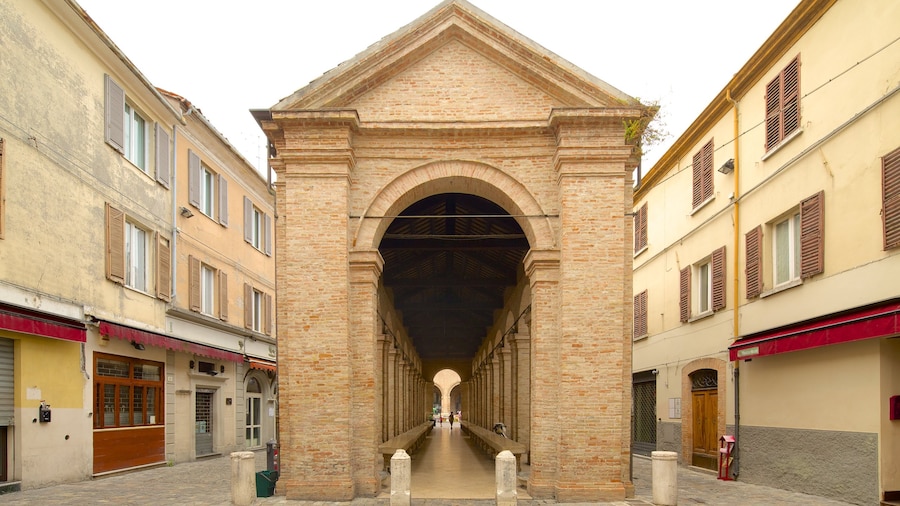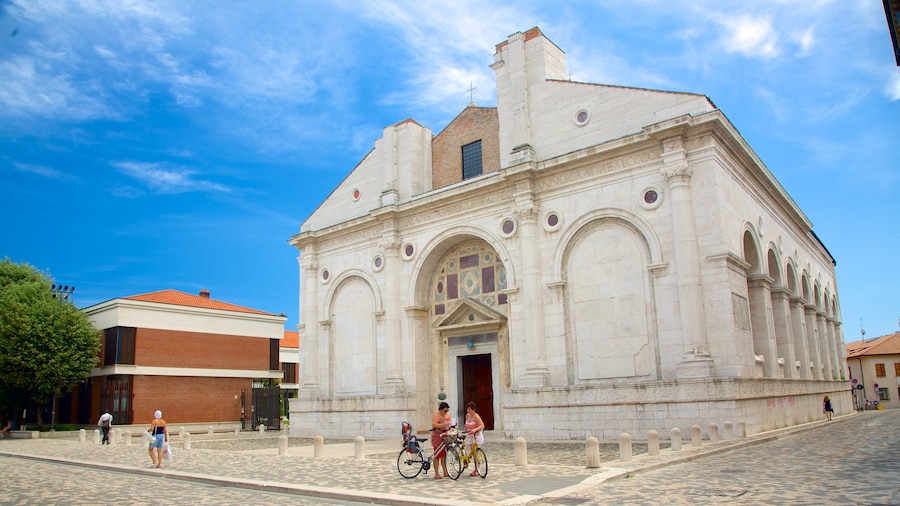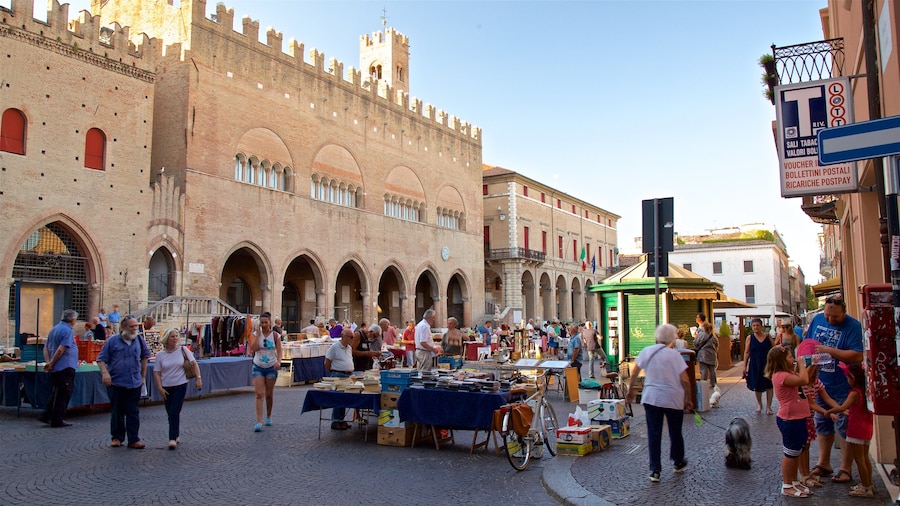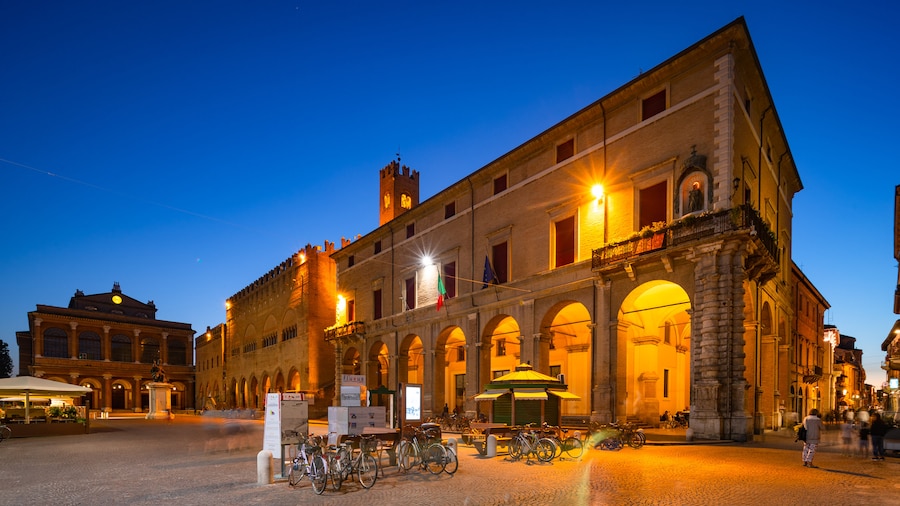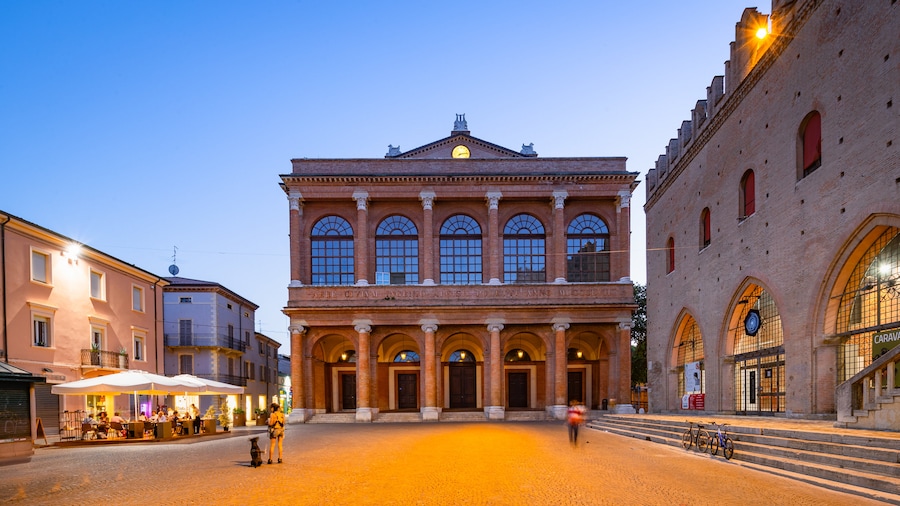Let your imagination travel back a couple of millennia when you visit one of the world’s oldest surviving Roman arches.
Visit the magnificent Arch of Augustus to admire the huge stone entrance and intricate carvings on the former gateway to ancient Rimini. Discover how the structure has changed over the years and find out what part Mussolini’s Fascists had to play in the arch’s history.
The Arch of Augustus is an iconic emblem in Rimini and appears on the city’s coat of arms. It was built in 27 B.C. on the intersection of two major Roman roads and dedicated to the Emperor Augustus. The gateway was also one of the largest arches ever built by the Romans and is a testament to Rimini’s importance to the Roman Empire.
Imagine yourself as a Roman traveler as you make your way along the Via Flaminia and approach the arch. The first thing you will notice is its sheer size. The arch towers over the street that runs through it. It is thought that the exceptional size is due to the little need for defense during the mainly peaceful reign of Augustus.
Come closer to appreciate some of the ancient stonework. Four reliefs are carved into the sides of the arch, depicting four Roman gods. Facing the city of Rome are carvings of Jupiter and Apollo, while facing south you will see images of Neptune and Roma. Look up at the archway to make out the Latin inscription dedicating the structure to Augustus.
Note the battlements on top of the arch. These were added in the 10th century when the structure took on a more defensive role. You will also notice the remains of the city walls to either side of the arch. These had remained intact until Mussolini’s rule, when the dictator ordered they be torn down.
The Arch of Augustus is located on the western side of the Alcido Cervi Park in central Rimini. Catch trains and buses to the nearby stations or walk down the Corso d’Augusto to see the arch appear on the horizon.









